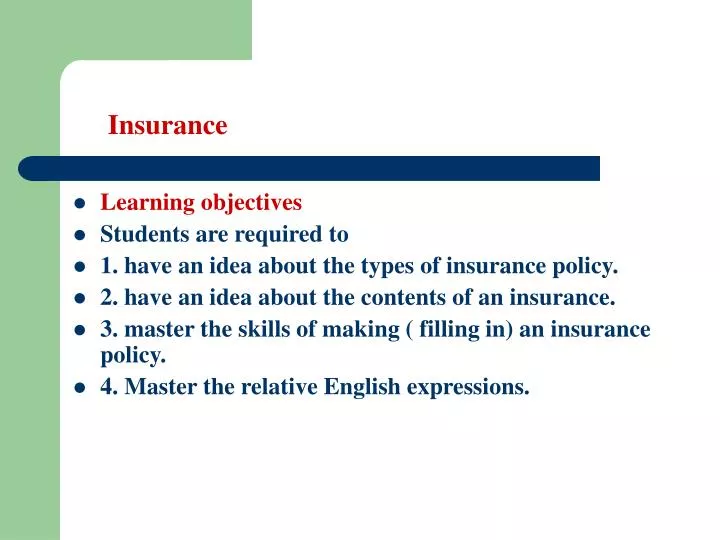The 9-Minute Rule for Pacific Prime
The 9-Minute Rule for Pacific Prime
Blog Article
Not known Facts About Pacific Prime
Table of ContentsLittle Known Questions About Pacific Prime.7 Easy Facts About Pacific Prime ExplainedEverything about Pacific PrimeThe Ultimate Guide To Pacific PrimeSome Known Facts About Pacific Prime.

This is due to the fact that the data were collected for a period of solid financial performance. Of the estimated 42 million people who were without insurance, almost about 420,000 (about 1 percent) were under 65 years of age, the age at which most Americans come to be eligible for Medicare; 32 million were adults in between ages 18 and 65, around 19 percent of all adults in this age; and 10 million were youngsters under 18 years of age, concerning 13.9 percent of all kids (Mills, 2000).
These estimates of the number of persons without insurance are produced from the annual March Supplement to the Existing Population Survey (CPS), conducted by the Census Bureau. Unless otherwise noted, national price quotes of people without wellness insurance coverage and proportions of the population with different sort of insurance coverage are based on the CPS, one of the most widely utilized source of price quotes of insurance coverage and uninsurance prices.
The Basic Principles Of Pacific Prime

Still, the CPS is especially useful due to the fact that it creates annual price quotes reasonably promptly, reporting the previous year's insurance policy coverage estimates each September, and because it is the basis for a consistent collection of estimates for even more than 20 years, permitting evaluation of fads in coverage with time. For these reasons, as well as the extensive use of the CPS in other studies of insurance protection that exist in this report, we rely on CPS quotes, with limitations kept in mind.

The price quote of the number of without insurance individuals broadens when a populace's insurance policy condition is tracked for several years. Over a three-year duration starting early in 1993, 72 million people, 29 percent of the united state populace, lacked coverage for at the very least one month. Within a solitary year (1994 ), 53 million people experienced a minimum of a month without insurance coverage (Bennefield, 1998a)
Six out of every ten uninsured grownups are themselves used. Working does boost the possibility that one and one's household members will certainly have insurance coverage, it is not a guarantee. Also members of families with 2 full-time breadwinner have virtually a one-in-ten opportunity of being uninsured (9.1 percent without insurance rate) (Hoffman and Pohl, 2000).
What Does Pacific Prime Mean?
New immigrants make up a considerable proportion of individuals without wellness insurance. One analysis has associated a considerable part of the current development in the dimension of the united state without insurance population to immigrants who arrived in the country between 1994 and 1998 (Camarota and Edwards, 2000). Recent immigrants (those who involved the United States within the past four years) do have a high rate of being without insurance (46 percent), however they and their kids represent simply 6 percent of those without insurance country wide (Holahan et al., 2001).
The connection in between wellness insurance and access to care is well established, as recorded later on in this chapter. Although the relationship between health and wellness insurance policy and health outcomes is neither direct nor easy, a substantial clinical and wellness solutions research literature web links medical insurance coverage to better accessibility to care, much better high quality, and improved personal and populace health and wellness condition.
Levels of evaluation for taking a look at the impacts of uninsurance. This discussion of wellness insurance coverage focuses mainly on the U.S. population under age 65 due to the fact that practically all Americans 65 and older have Medicare or various other public insurance coverage. It concentrates particularly on those view website without any health and wellness insurance for any kind of length of time.
The smart Trick of Pacific Prime That Nobody is Discussing
The problems faced by the underinsured are in some respects comparable to those encountered by the without insurance, although they are usually much less serious. group insurance plans. Uninsurance and underinsurance, nonetheless, entail clearly various policy problems, and the approaches for resolving them might differ. Throughout this study and the 5 records to follow, the main emphasis is on persons without medical insurance and therefore no support in paying for health treatment beyond what is available through charity and safeguard establishments
Health insurance policy is an effective element impacting receipt of treatment since both patients and medical professionals react to the out-of-pocket rate of services - https://www.storeboard.com/pacificprime. Medical insurance, however, is neither essential neither adequate to access to clinical services. Nevertheless, the independent and direct effect of medical insurance protection on access to health solutions is well established.
Others will acquire the health treatment they require even without medical insurance, by spending for it out of pocket or seeking it from service providers that offer treatment totally free or at extremely subsidized prices. For still others, medical insurance alone does not ensure receipt of treatment because of various other nonfinancial obstacles, such as a lack of wellness care companies in their community, restricted accessibility to transport, illiteracy, or etymological and cultural differences.
Not known Details About Pacific Prime
Official study concerning uninsured populations in the United States dates to the late 1920s and early 1930s when the Committee on the Expense of Treatment created a series of records concerning funding physician office sees and hospital stays. This concern ended up being salient as the varieties of medically indigent climbed up throughout the Great Depression.
Report this page